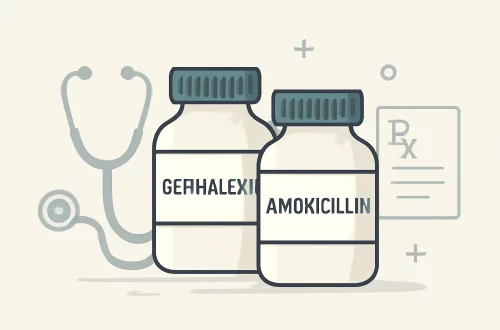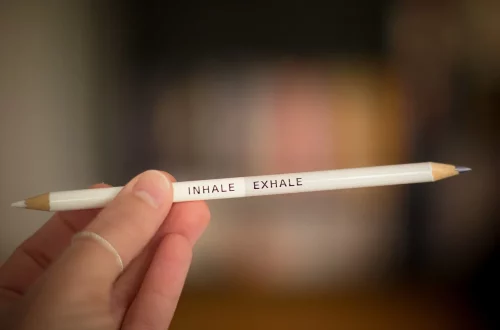
Best Practices for Equine Sperm Collection in Veterinary Reproduction
Equine reproduction is a vital aspect of veterinary medicine, with significant implications for breeding practices, animal health, and the equine industry as a whole. The process of sperm collection in horses is an essential component of assisted reproductive technologies, including artificial insemination, which has transformed the way we breed high-quality horses. The collection of equine sperm requires specialized knowledge and skill, as it involves both the physical handling of the stallion and an understanding of the physiological factors that influence sperm production and quality.
Successful sperm collection not only relies on the stallion’s health and readiness but also on the techniques and equipment used during the process. Creating a stress-free environment for the stallion is paramount, as stress can adversely affect sperm quality. Additionally, understanding the reproductive cycle of the mare and the timing of collections can optimize the chances of successful fertilization. As the equine industry continues to grow and evolve, best practices in sperm collection are crucial for ensuring the health and welfare of the animals involved while maximizing breeding success rates.
In this article, we will explore some of the best practices for equine sperm collection, focusing on techniques, equipment, and the importance of horse welfare during the process.
Understanding Stallion Behavior and Readiness
Before initiating the sperm collection process, it is essential to assess the stallion’s behavior and readiness. Stallions can exhibit a range of temperaments, and understanding these behaviors can significantly enhance the success of sperm collection. Factors such as age, training, and previous experiences with collection can influence how a stallion responds to the procedure.
Stallions should be observed for signs of arousal and receptivity. A calm and confident stallion is more likely to yield high-quality sperm. It is advisable to handle the stallion regularly to familiarize him with the collection process, which can help reduce anxiety and stress. Building a trusting relationship between the handler and the stallion is crucial; this can involve gentle handling, positive reinforcement, and gradual exposure to the collection equipment.
Another important aspect of stallion readiness is the physiological state of the animal. Veterinary professionals should perform health checks to ensure that the stallion is in optimal condition for breeding. This includes evaluating his reproductive organs and overall health status. Regular veterinary examinations can help identify any potential issues that might affect sperm quality, such as infections or hormonal imbalances.
Moreover, understanding the stallion’s reproductive cycle is also critical. Stallions typically exhibit seasonal breeding patterns, and timing collections during peak reproductive periods can improve the quality and quantity of sperm collected. Knowledge of how environmental factors, such as temperature and lighting, impact the stallion’s reproductive performance is also beneficial.
In summary, taking the time to understand stallion behavior and readiness is a crucial first step in the sperm collection process. By creating a positive and reassuring environment, handlers can facilitate a smoother collection process and ultimately enhance the quality of the sperm obtained.
Collection Techniques and Equipment
The methods and equipment used in equine sperm collection play a significant role in the outcome of the procedure. There are several established techniques for collecting sperm from stallions, each with its own advantages and considerations. The most common methods include the use of an artificial vagina (AV) or electroejaculation.
The artificial vagina is a widely accepted method for sperm collection. It mimics the natural environment of the mare, providing a comfortable and familiar setting for the stallion. AVs come in various designs, but they typically consist of a rigid outer shell with an inner lining that can provide warmth and lubrication. Properly warming the AV is essential, as it can significantly influence the stallion’s willingness to mount and the quality of the collected sperm.
When using an AV, it is important to ensure that the stallion is properly stimulated before collection. This stimulation can be achieved through teasing the stallion with a mare or using artificial stimuli. The goal is to elicit a natural response that leads to ejaculation. After collection, the sperm should be immediately assessed for motility and concentration, as time is critical for maintaining viability.
Electroejaculation is another technique used in equine sperm collection, particularly in cases where the stallion may not be able to mount due to health issues or behavioral challenges. This method involves the use of electrical stimulation to induce ejaculation. While effective, electroejaculation requires specialized training and equipment, and it should only be performed by experienced veterinary professionals.
Regardless of the method chosen, cleanliness and sterility are paramount. All equipment used in the collection process must be thoroughly cleaned and disinfected to prevent contamination of the sperm. Additionally, appropriate storage conditions should be maintained, particularly if the sperm is being transported for artificial insemination.
In conclusion, selecting the right collection technique and ensuring that all equipment is properly maintained are vital components of successful sperm collection in equine reproduction. By employing these best practices, veterinarians and breeders can optimize the quality of sperm obtained for breeding purposes.
Post-Collection Management and Sperm Quality Assessment
Once sperm has been collected, proper management and assessment are crucial for ensuring its quality and viability. The initial evaluation of sperm should occur immediately after collection. Key factors to assess include motility, morphology, and concentration.
Sperm motility refers to the movement of sperm cells and is a critical indicator of their quality. High motility rates are essential for successful fertilization, as they determine how effectively sperm can reach and penetrate the egg. Semen should be evaluated under a microscope to determine the percentage of motile sperm, and this assessment should occur as soon as possible after collection to obtain the most accurate results.
Morphology, or the shape and structure of the sperm cells, is another important factor to consider. Abnormalities in sperm morphology can significantly affect fertility rates. A thorough evaluation of sperm morphology can help identify potential issues that may need to be addressed during breeding.
Semen concentration is also an essential measure, as it directly influences the number of viable sperm available for insemination. A higher concentration typically results in better success rates during artificial insemination. In some cases, dilution of the semen may be necessary for transport or storage, but this should be done carefully to maintain overall sperm quality.
After assessment, proper storage of the sperm is essential, especially if it is to be used for artificial insemination at a later date. Semen can be stored at refrigerated temperatures or frozen for long-term preservation. Each method has its protocols, and understanding the specific requirements for each type of storage is crucial for maintaining sperm viability.
In summary, post-collection management and quality assessment are integral to successful equine reproduction. By ensuring that sperm is properly evaluated and stored, veterinary professionals can significantly enhance the chances of successful fertilization and contribute to the overall health of the breeding program.
Ensuring Welfare During the Collection Process
The welfare of the stallion during sperm collection is of utmost importance. A stress-free environment is critical not only for the quality of sperm collected but also for the overall health and well-being of the animal. The collection process should prioritize minimizing stress and discomfort, ensuring that the stallion remains calm and cooperative throughout.
Creating a positive atmosphere involves several strategies, including proper handling techniques and environmental considerations. Handlers should be trained in low-stress handling methods that prioritize the stallion’s comfort and safety. This includes using calm and reassuring voice tones, avoiding sudden movements, and being mindful of the stallion’s body language.
Environmental factors also play a significant role in the stallion’s welfare during collection. The collection area should be clean, quiet, and free of distractions. Adequate space should be provided to allow the stallion to move freely without feeling cornered or trapped. Lighting should be soft and natural to create a comfortable setting, and familiar objects or companions can be included to help the stallion feel at ease.
Regular breaks during the collection process can help reduce stress and fatigue. Allowing the stallion to rest between attempts can improve his overall experience and yield better results. Additionally, monitoring the stallion’s physical and emotional responses during the process is crucial. Any signs of distress or discomfort should be addressed promptly.
Finally, after the collection process, providing appropriate post-collection care is essential. This includes ensuring that the stallion is returned to a comfortable environment where he can relax and recover. Regular veterinary check-ups can help monitor the stallion’s overall health and address any potential issues that may arise.
In conclusion, prioritizing the welfare of the stallion during the sperm collection process is vital for achieving high-quality results and promoting positive breeding practices. By fostering a calm and supportive environment, handlers can significantly enhance the experience for both the stallion and the breeding program.
This article is for informational purposes only and does not constitute medical advice. For any health-related concerns, please consult a qualified veterinarian.




